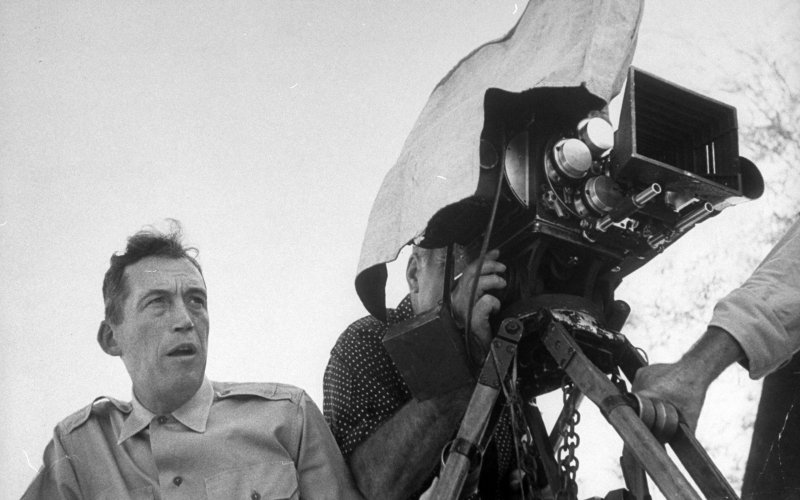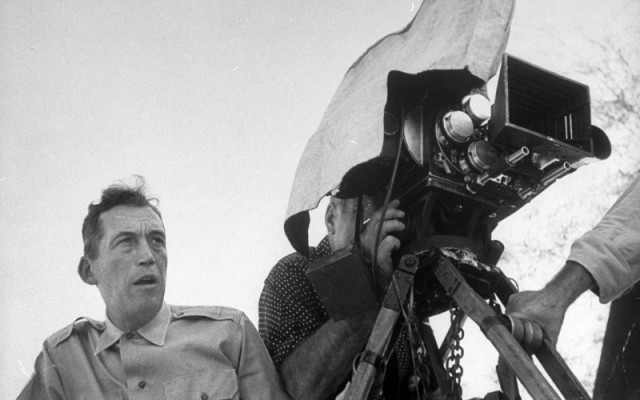During the Second World War some of Hollywood’s greatest movie producers and directors produced propaganda movies and presented to the public as authentic documentaries. The Battle of San Pietro in 1943 by John Houston is one such movie. It shows American soldiers in the battle and amidst gunfire jumping into the trenches followed by camera jolting explosions and eventually we see corpse of the soldiers lay in body bags. The public thought it to be a great movie but in reality it was faked and the entire incident was fabricated and doctored by the producer and the US military for a better propaganda.
Mark Harris in his book, ‘Five came back’, discusses the deception and the fake propaganda used by some of these movie makers in extreme detail. It takes about the famous movie directors such as Huston, Frank Capra, John Ford, William Wyler, and George Stevens, who have connived with the US military in this propaganda. These propaganda war movies have left a bad taste in the mouth of the public and the truth resonates in our era where there is suspicion about the government’s honesty on topics such as NSA surveillance to the reasons for attacking Iraq.
Richard Schickel in his documentary Shooting Stars discusses about the deception and restaging in movies. In the movie ‘Saving Private Ryan’, the actor Tom Hanks recalls that some of the authentic footage from Pearl Harbour bombing was not used and instead they were re-enacted as they went well with the other scenes, The Daily Beast reports.
Houston has learned a lot from his earlier propaganda movie, Tunisian Victory, which is about the Allied missions in North Africa. It was a work of fiction staged by the US military and the British forces. Houston shot the re-enactments in Algeria, recreated the ground battles in Mojave Desert, and, staged air battles in Florida. Almost everything in it was faked and it was possibly one of the most appalling episodes in the history of movie making. But the mother of all deception was the Battles of San Pietro, more so because it was a superior movie and the deceptions were far more convincing and sophisticated as compared to any other movie. He spent six weeks recreating the battles, with US army giving his soldiers who posed as dead Germans. Harris writes that they have had access to an extensive and confidential written account of the battle by the US Army. To make the documentary convincing he jolted the camera to mimic the imperfections of a documentary. John Houston wrote and narrated the script that was lyrical and harsh, sometimes so harsh that some members of the war department called it “anti-war”
The documentary ends with a title card reading that the scenes, “were photographed within range of enemy small arms or artillery fire” and a small disclaimer that, “for purposes of continuity a few of these scenes were shot before and after the actual battle”. But “a few” here means “nearly all” And Houston never publically acknowledged that any of the scenes were fake or re-enacted.

